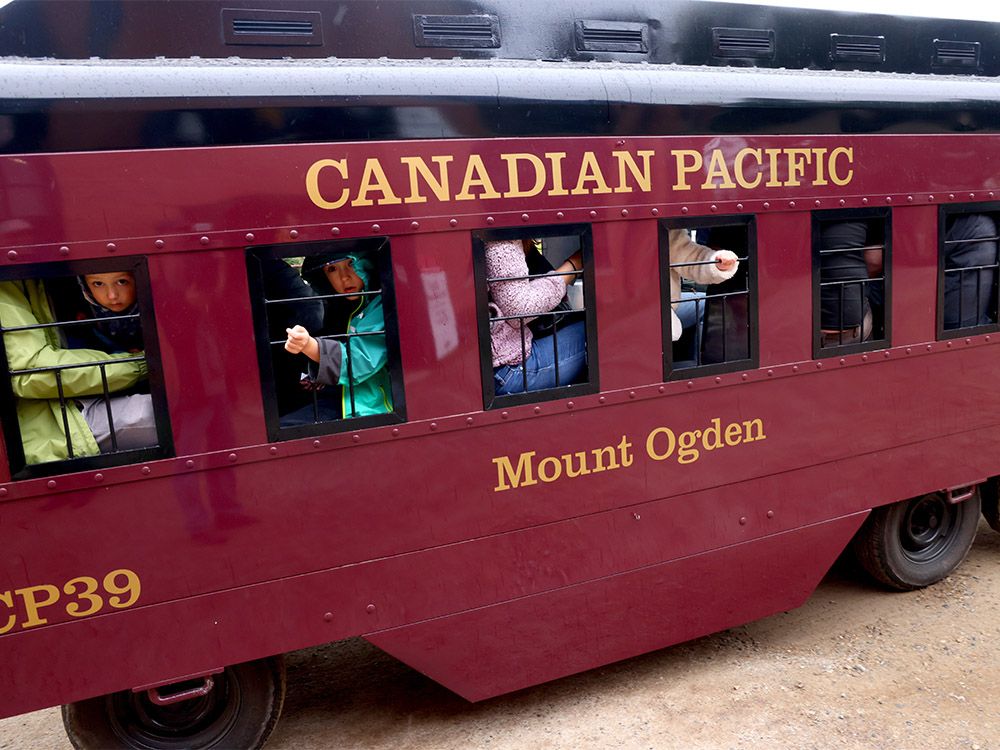Some migrants facing deportation go to these holding centres. CBC News went inside one

immigration process,\” he said. \”At some point, we have to take measures to ensure that there is a consequence for that type of behavior.\”
Despite criticism from organizations and individuals like Will, CBSA officials say they are constantly working to improve the immigration detention system.
\”We are always looking at ways to improve and innovate,\” Lloyd said. \”We take feedback very seriously and we are in the process of implementing changes to our practices and procedures based on that feedback.\”
One of the changes being implemented is the use of risk assessment tools to determine whether a person needs to be detained or can be released into the community on an ATD. This tool takes into account factors such as flight risk, danger to the public, and the likelihood of compliance with immigration requirements.
\”We want to make sure that we are detaining the right people for the right reasons,\” Bhatti said. \”We want to ensure that we are upholding the principles of fairness and due process.\”
As for the future of immigration detention in Canada, CBSA officials say they are committed to finding alternatives to detention and reducing the number of people in holding centres.
\”Our ultimate goal is to have as few people in detention as possible,\” Bhatti said. \”We want to ensure that people are treated with dignity and respect, while also protecting the safety and security of Canadians.\”
While the immigration holding centre in Toronto may resemble a university dorm room in some ways, the reality is that it is still a place where individuals are deprived of their freedom. As the debate over immigration detention continues, it is clear that there are still many challenges to be addressed in order to ensure a fair and just system for all migrants in Canada.




